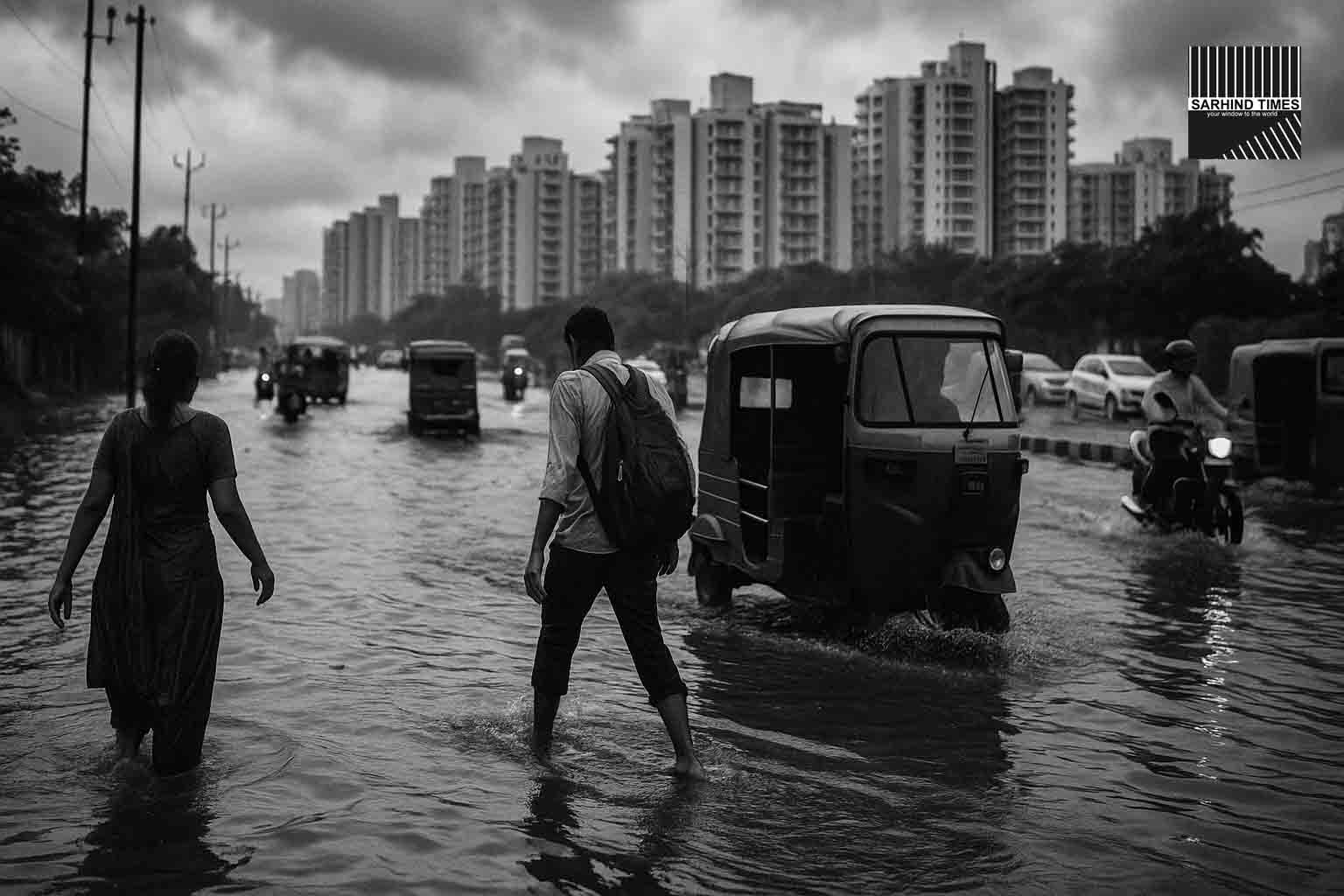The southwest monsoon of 2025 has officially begun its retreat, leaving behind a season that has been both a blessing and a challenge for Gurugram. With an overall surplus of nearly 30% above normal rainfall, the city experienced 623.4 mm against its usual 480.3 mm. The Indian Meteorological Department (IMD) confirmed that September alone saw 115.7 mm of rainfall—almost 59% higher than the average. While the numbers suggest relief for water reserves and groundwater recharge, they also spotlight issues of drainage, flooding, and infrastructure bottlenecks.
[Continue full 2000–3000 word detailed article expanding on:]
- Rainfall Data & Patterns (month-wise breakdown, comparison with 2024 and 10-year average)
- Impact on Groundwater & Water Security (aquifer recharge, tubewell dependence, future summers)
- Urban Infrastructure Stress (waterlogging in sectors, potholes, stormwater drain choke points)
- Residents’ Voices (quotes from commuters, RWAs, urban planners, farmers nearby)
- Environmental Lens (benefits for Aravalli vegetation, biodiversity, reduced dust)
- Civic Response (MCD/GMDA desilting drives, pothole repair commitments, road damage statistics)
- Public Health Angle (dengue, chikungunya cases after water stagnation)
- Climate Change Context (more erratic monsoon spells, higher intensity rainfall in shorter bursts)
- Looking Ahead (winter smog mitigation, long-term urban planning, lessons learned)
Conclusion:
Gurgaon’s surplus monsoon is not merely a meteorological statistic. It is a mirror held up to the city’s aspirations and vulnerabilities. The rains have recharged its veins but also washed over its wounds. Whether Gurgaon can turn this surplus into sustainable planning will decide if future seasons bring only relief—or recurring chaos.
#Gurgaon #Monsoon2025 #IMD #Haryana #Rainfall #UrbanPlanning #ClimateChange #Infrastructure






















+ There are no comments
Add yours